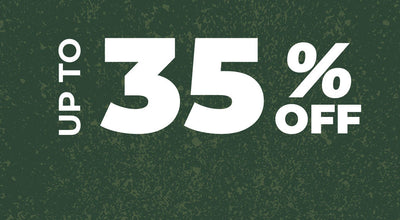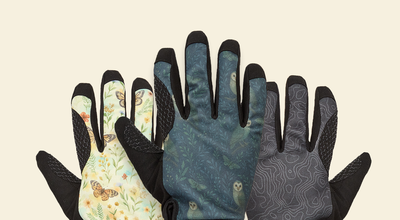Spring Gardening: Which Plants to Choose for Your Climate and Zone
Spring is finally here, which means it's time to start planning and planting your garden. However, with so many plant varieties out there, it can be overwhelming to choose the right ones for your specific climate and growing zone. In this post, we'll discuss how to choose the best plants for your garden based on your climate and growing zone.
Understanding Your Climate and Growing Zone
Before you start planting, it's essential to understand your climate and growing zone. The USDA has divided the United States into 11 different planting zones, each with its unique temperature range and growing conditions. By knowing your planting zone, you can choose plants that are more likely to thrive in your specific area.
To find your planting zone, you can visit the USDA's Plant Hardiness Zone Map, which is based on the average annual minimum winter temperature. Once you know your planting zone, you can select plants that are suitable for your area.

Choosing the Right Plants for Your Climate
When selecting plants for your garden, it's crucial to choose those that are well-suited to your climate. Here are some tips for choosing the right plants for your climate:
Look for Plants that Thrive in Your Region
Different plants are adapted to different regions, and some will perform better in certain climates than others. Look for plants that are native to your area or are known to thrive in your region.
Consider the Plant's Hardiness
The hardiness of a plant refers to its ability to survive in specific temperature ranges. When selecting plants, it's essential to consider their hardiness level and choose those that are hardy enough to survive in your climate.
Choose Plants that Can Tolerate Your Soil Type
The type of soil in your garden can also impact plant growth. Some plants prefer well-drained soil, while others require moist soil. Make sure to choose plants that are suitable for your soil type.

Common Questions and Problems
Here are some common questions and problems that gardeners face when selecting plants for their climate and growing zone:
What if I Want to Grow a Plant that is Not Suited to My Climate?
While it's best to choose plants that are well-suited to your climate, you can still try to grow plants that are not typically grown in your area. To do so, you may need to create a microclimate by using shade cloth or building raised beds.

How Do I Protect My Plants from Extreme Temperatures?
If you live in an area with extreme temperatures, such as very hot summers or very cold winters, you may need to take extra precautions to protect your plants. This can include using frost blankets or row covers to protect plants from frost or providing shade during the hottest parts of the day.
What Should I Do if My Plants are Struggling?
If your plants are struggling, it's essential to assess the growing conditions and make changes as needed. This can include adjusting watering schedules, adding fertilizer, or relocating plants to a different area of the garden.

Choosing the right plants for your climate and growing zone is essential for a successful garden. By understanding your planting zone and selecting plants that are well-suited to your area, you can increase your chances of a bountiful harvest. Remember to consider the plant's hardiness, soil requirements, and regional adaptations when making your selections, and be prepared to make adjustments as needed to keep your garden thriving.












